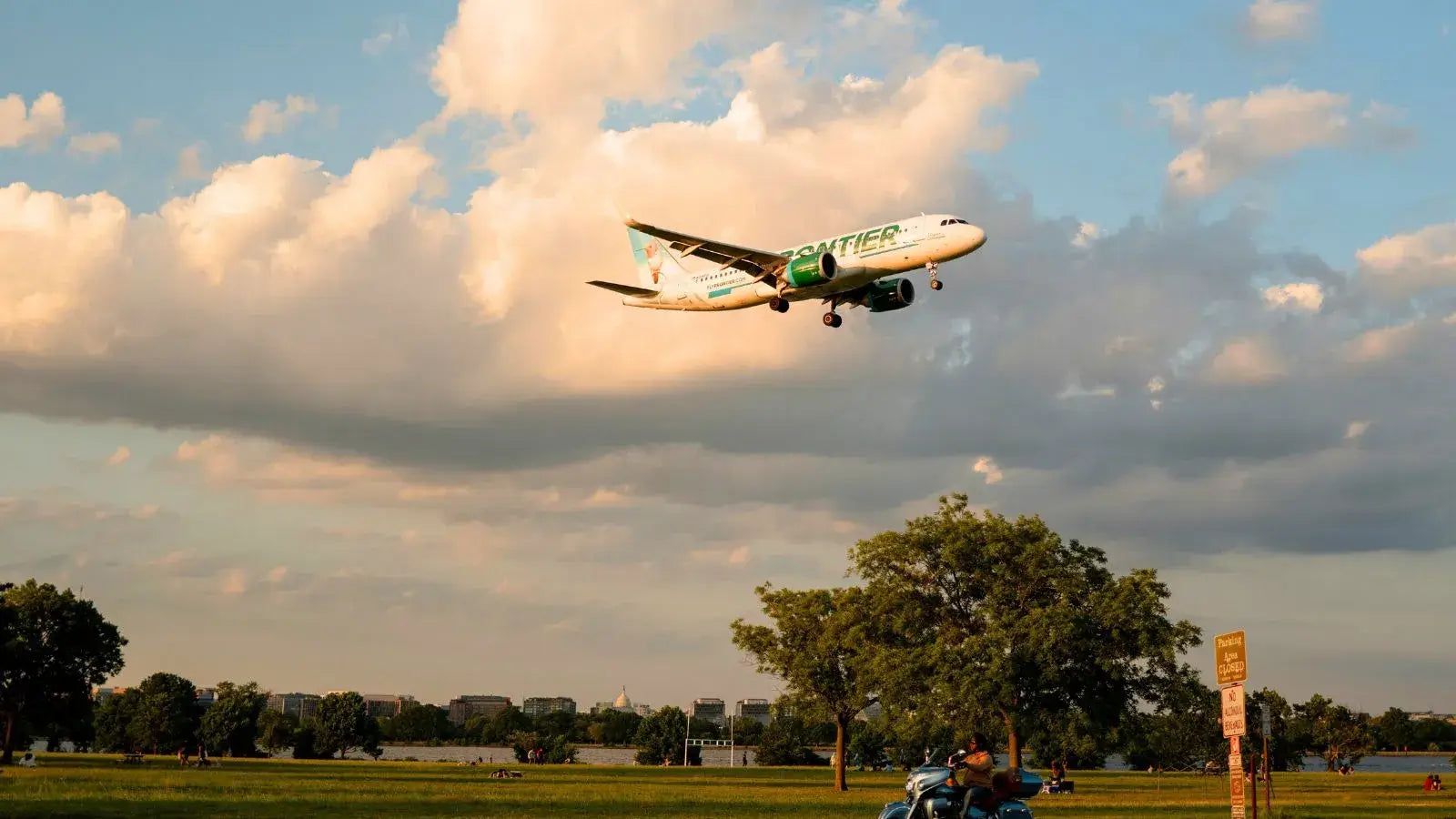
Can You Fly with an Electric Bike? Airline Policies You Need to Know
Traveling with an electric bike can be a convenient and eco-friendly way to explore new destinations. However, flying with an electric bike involves understanding a set of airline policies, battery restrictions, and regulations set by the Federal Aviation Administration (FAA) and the Transportation Security Administration (TSA).
This article will guide you through the essential information you need to know before taking your electric bike on a flight.
Understanding Airline Policies on Electric Bikes
When planning to fly with an electric bike, the first step is to check the airline's specific policies. Different airlines have varying rules regarding the transport of electric bikes, primarily due to the lithium-ion batteries they contain. Here's what you need to know:
Check Airline Policy in Advance
Before booking your flight, it's crucial to contact the airline directly or visit their website to find out their specific policies regarding electric bikes. Some airlines might allow electric bikes as checked baggage, while others may not permit them at all.
Size and Weight Restrictions
Airlines have size and weight restrictions for checked luggage, and electric bikes are no exception. Ensure your bike fits within the airline's allowed dimensions and weight for checked baggage. You might need to disassemble the bike or remove certain parts to comply with these restrictions.
Fees and Charges
Be prepared for additional fees when flying with an electric bike. Airlines may charge extra for oversized or overweight luggage. Understanding these fees beforehand can help you budget your travel expenses accordingly.
Battery Restrictions: What You Need to Know
Lithium-ion batteries, commonly used in electric bikes, pose specific challenges when flying due to their potential fire risk. Here’s a breakdown of the battery-related regulations:
FAA and TSA Regulations
The FAA and TSA have strict guidelines on transporting lithium-ion batteries, especially those over a certain watt-hour (Wh) rating. Generally, batteries with a rating of 100Wh or less can be carried in carry-on baggage without prior approval. For batteries between 100Wh and 300Wh, airlines may allow them with prior approval. Batteries over 300Wh are typically prohibited from being carried on or checked in.
Removing the Battery
If your bike's battery exceeds the allowable watt-hour rating, you may need to remove it before flying. Some travelers choose to ship the battery separately or rent a battery at their destination. Always consult your airline for specific advice.
Preparing Your Electric Bike for Air Travel
Once you've confirmed that you can fly with your battery powered electric bike and have addressed battery restrictions, you need to prepare your bike for travel.
Disassemble and Pack Your Bike
Disassembling your electric bike can make it easier to transport and help protect it from damage. Remove pedals, handlebars, and any other detachable parts. Use a sturdy bike travel case or box to pack your bike securely. Ensure all parts are tightly packed to prevent shifting during transit.
Label Your Luggage
Clearly label your bike case with your contact information and flight details. This will help airline staff handle your luggage properly and ensure it reaches your destination.
Real-World Experiences: What Travelers Say
Travelers emphasize the importance of planning ahead. By contacting airlines well in advance and understanding their policies, you can avoid last-minute surprises at the airport.
Some travelers report positive experiences with airlines that have clear policies and helpful staff. They stress the importance of being polite and patient when dealing with airline personnel.
On the flip side, some travelers have faced challenges, such as unexpected fees or difficulty finding information. Being well-informed and prepared can mitigate these issues.

Alternatives to Flying with an Electric Bike
Renting an electric bike at your destination can be a hassle-free option. Many popular travel destinations offer electric bike rentals, allowing you to explore without the stress of transporting your own bike.
Another option is to ship your bike to your destination using a courier service. This can be more expensive than flying with your bike, but it eliminates the hassle of dealing with airline restrictions.
FAQs
Airlines often allow lithium-ion batteries with a watt-hour (Wh) rating of up to 100Wh to be carried without prior approval. Batteries rated between 100Wh and 300Wh may require prior consent from the airline.
Use a robust bike travel case, and consider using additional padding or bubble wrap for sensitive components. Make sure the bike is securely packed to prevent movement.

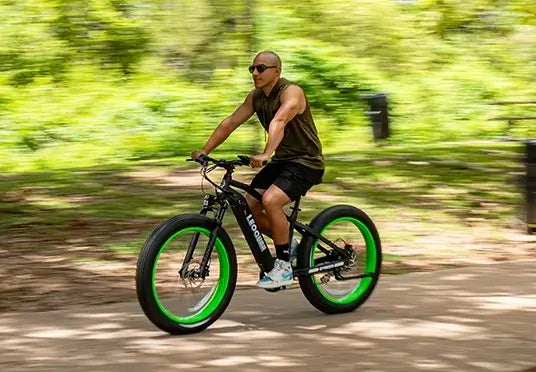





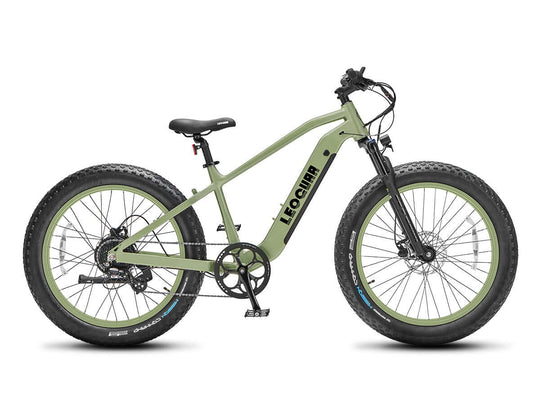
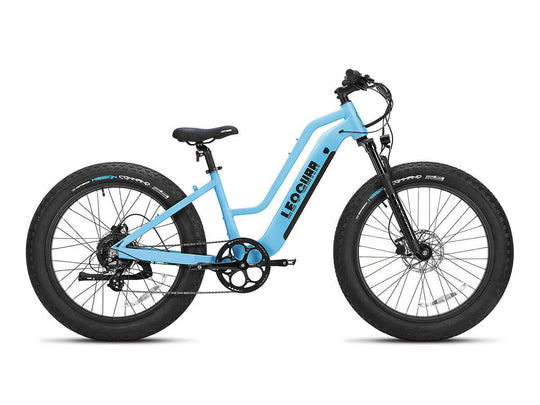
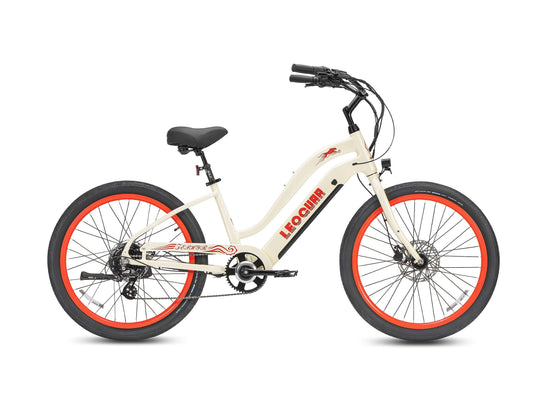
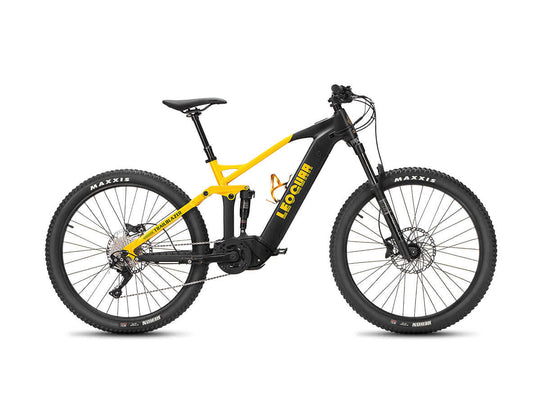
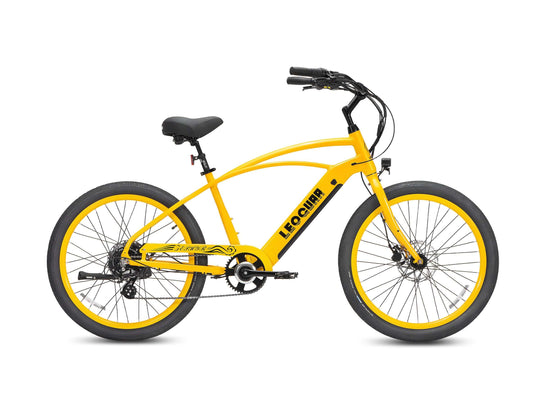
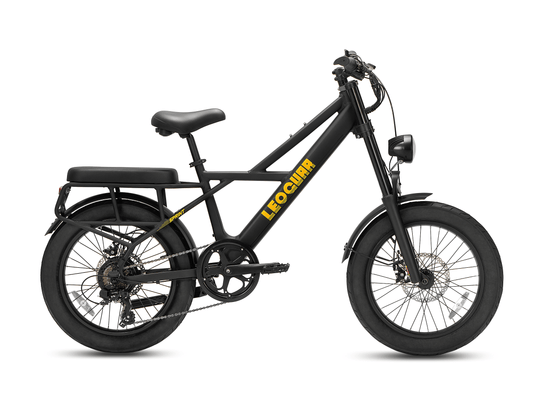

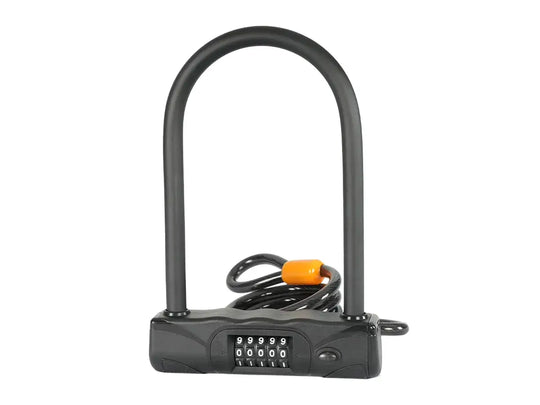
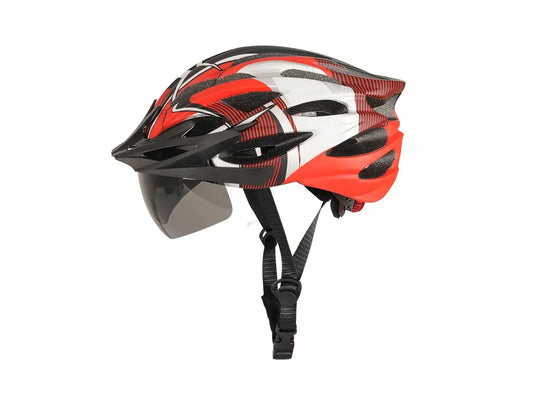
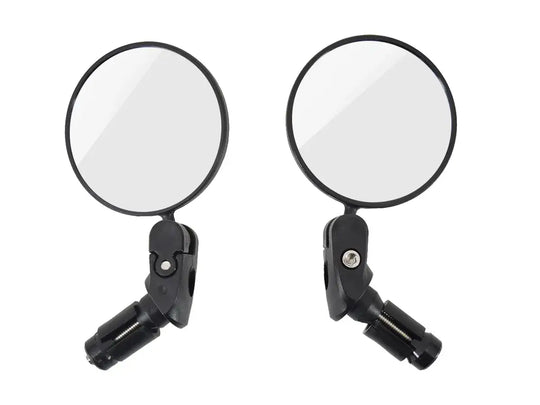

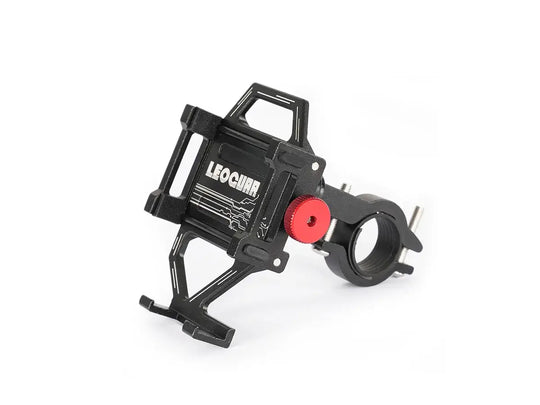
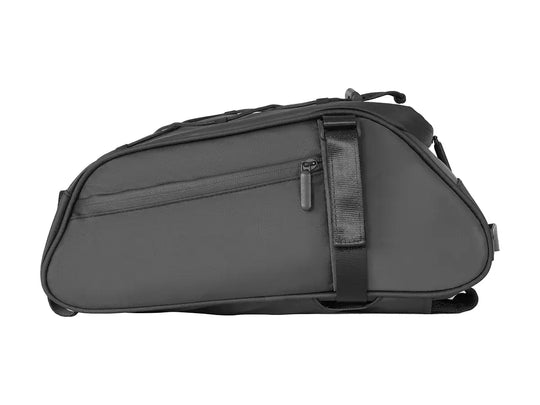
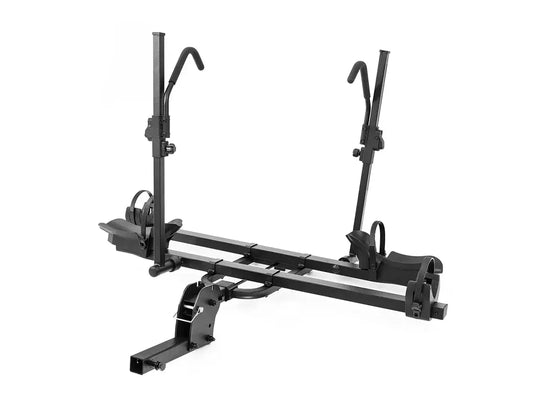
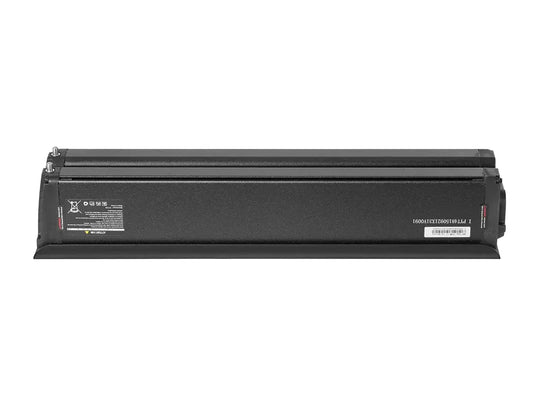
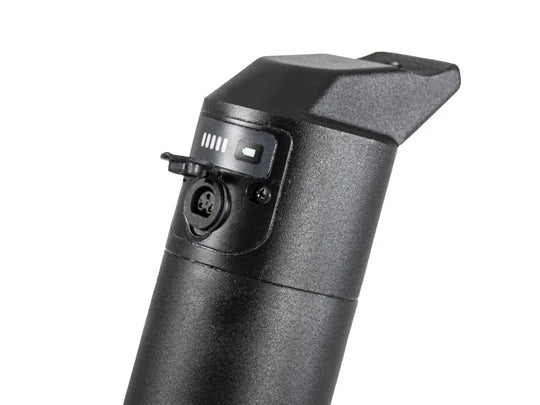
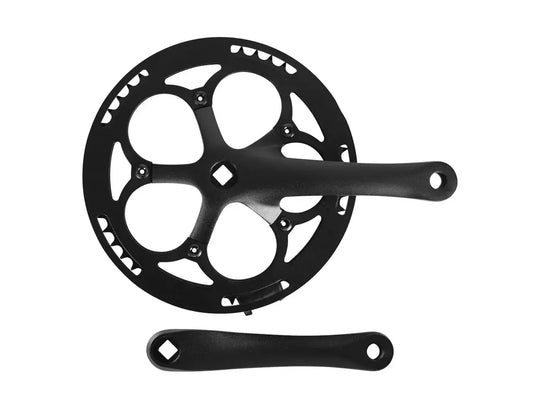
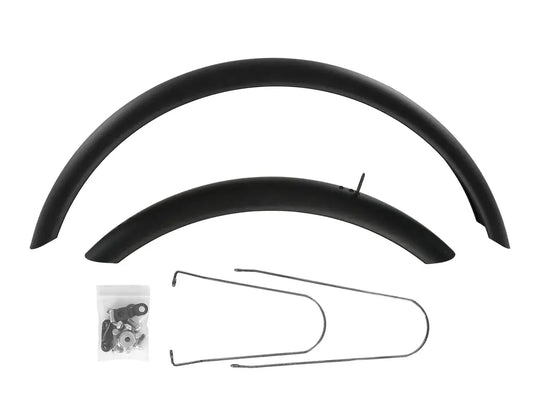
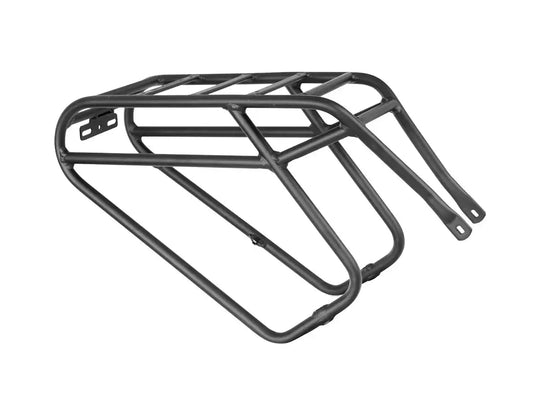

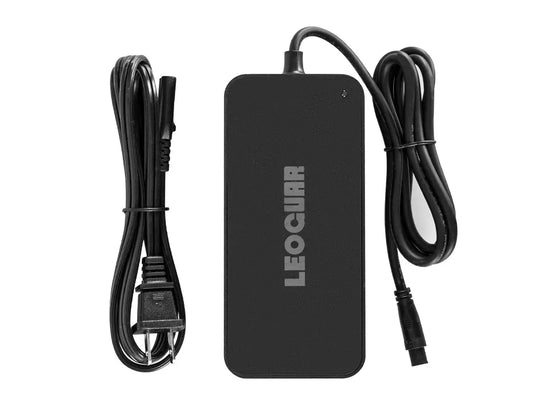
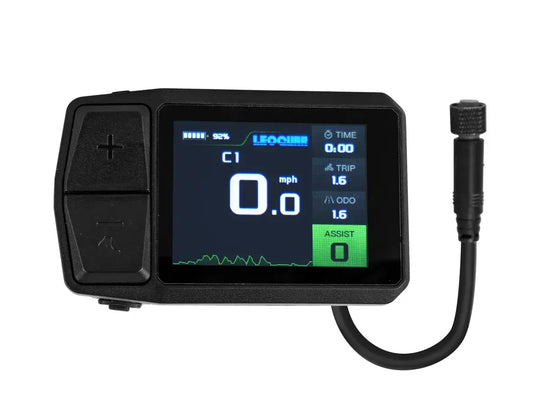

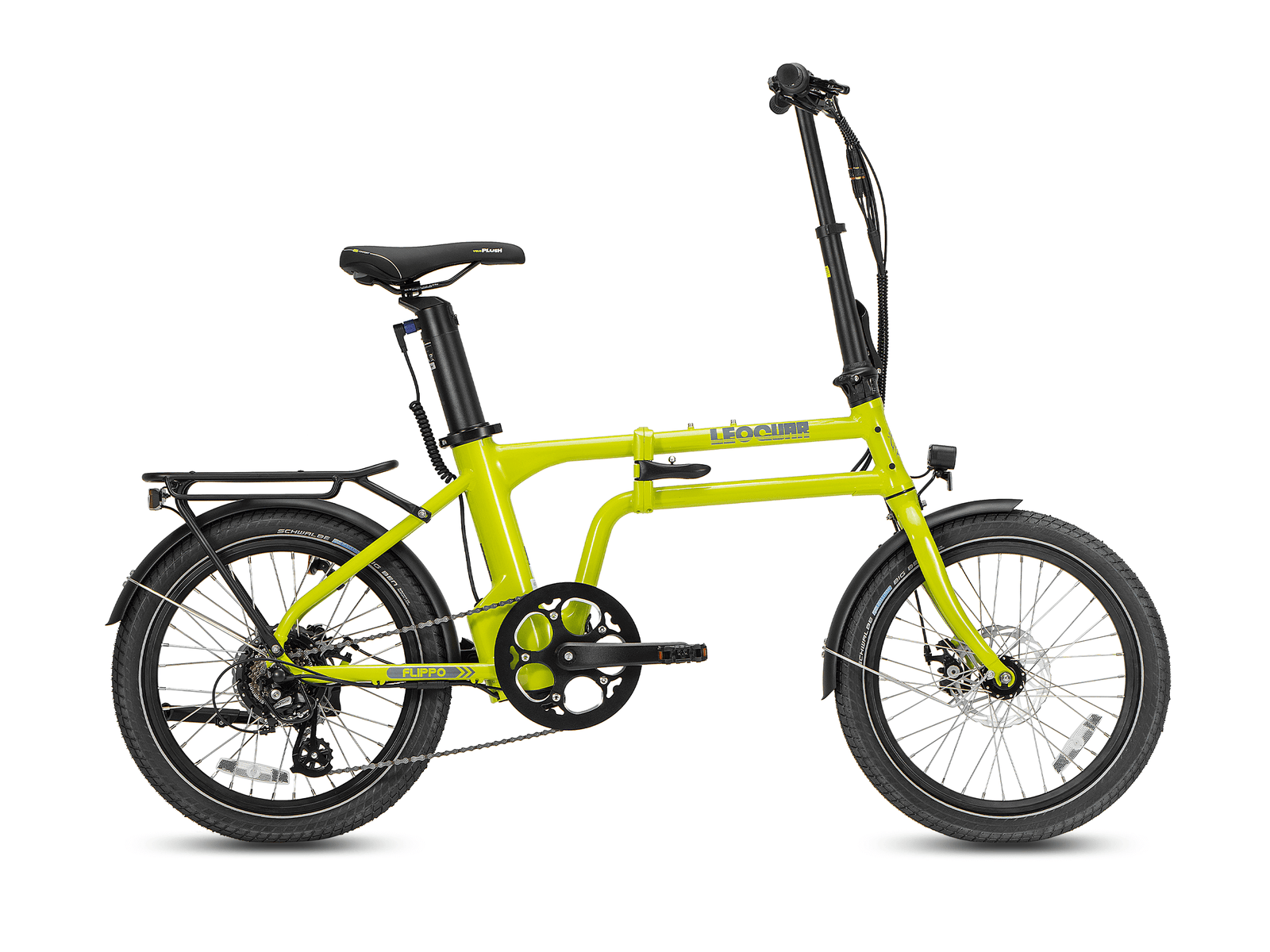








Leave a comment